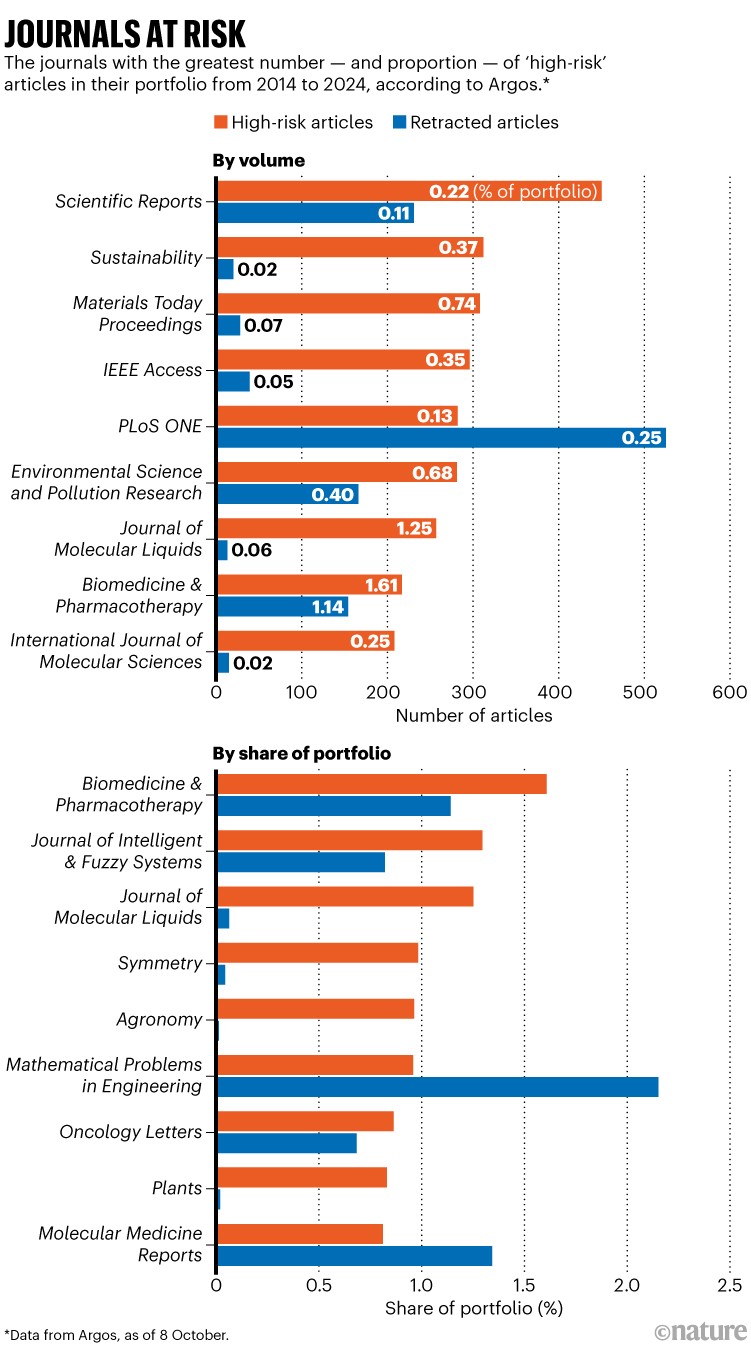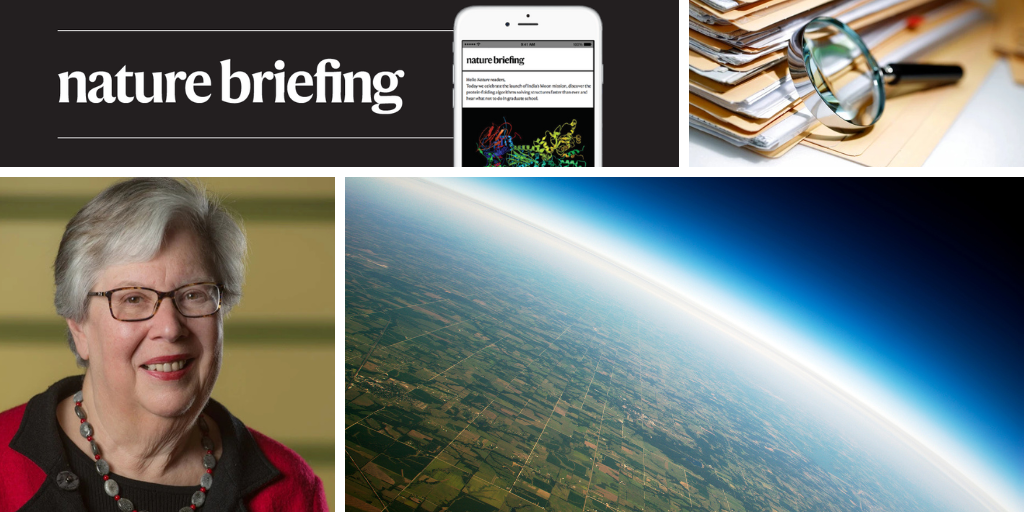Hello Nature readers, would you like to get this Briefing in your inbox free every day? Sign up here.

Organic signatures in ancient rocks from what is now northeastern South Africa indicate that life bounced back vigorously after a meteorite strike (InkkStudios/Getty)
A meteorite up to 200 times bigger than the one that killed the dinosaurs might have acted as a “giant fertilizer bomb” that helped early microorganisms to thrive more than 3 billion years ago. The space rock would have caused a tsunami, partially evaporated the oceans and plunged Earth into darkness. On the plus side for Paleoarchean life, it also released phosphorus and sloshed iron-rich water up from the deep. “We think of meteorite impacts as being disastrous and detrimental to life,” says geologist Nadja Drabon, who co-authored the research. “But 3.2 billion years ago, life was a lot simpler.”
Reference: PNAS paper
A mere 5 million tonnes of diamond dust sprinkled in the skies each year could cool the climate by 1.6 ℃, finds an eye-popping comparison of different geoengineering ideas. The plan would avoid some of the downsides of other materials being mooted for ‘stratospheric aerosol injection’. For example, sulfur dioxide — which has a natural cooling effect when spewed by volcanic eruptions — risks acid rain and damage to the ozone layer. But synthetic diamond would cost something like US$175 trillion if deployed from 2035 to 2100, whereas sulfur is widely available and very cheap.
Reference: Geophysical Research Letters paper
A science-integrity start-up called Scitility, which aims to help publishers spot potentially problematic papers, has shared exclusively with Nature its initial findings about journals with high volumes or rates of suspicious work. Its Argos tool gives papers a risk score on the basis of their authors’ publication records, and on whether the paper heavily cites already-retracted research. A paper categorized as ‘high risk’ might have multiple authors whose other studies have been retracted for reasons related to misconduct, for example. Publishers say that they are working hard on improving research integrity — and that their retractions demonstrate their commitment to cleaning up the literature.

Source: Argos.
Features & opinion
After winning a share of this year’s Nobel Prize in Chemistry for co-developing AlphaFold, theoretical chemist John Jumper recognized that it success came in no small part thanks to resources such as the Protein Data Bank (PDB), a freely available repository of more than 200,000 protein structures determined using methods including X-ray crystallography and cryo-electron microscopy. “It’s humbling every time we train [AlphaFold] on years of effort. Each data point is years of effort from someone,” he said. The PDB was dreamed up in the 1960s by crystallographer Helen Berman and like-minded scientists. Berman tells Nature about how the PDB has jump-started discovery, starting from the early days of a handful of structures recorded on punchcards.
Since 2010, reef researcher Lisa Carne and her colleagues have transplanted more than 96,000 fragments of genetically distinct corals to sites across 7 marine protected areas in Belize. To succeed, this work will require action on climate change, pollution and overfishing — but there is hope. “I often feel like giving up. But as long as the corals don’t, nor will I,” says Carne. “For now at least — done in the right way, the work can help the corals, their surrounding ecosystems and the communities that depend on them.”
“When I take on interns, my goal is to keep their curiosity for science alive,” says neurobiologist Caroline Palavicino-Maggi. “I set the tone in my laboratory by emphasizing that there’s no pressure here.” She is among the senior scientists who spoke to Nature about how to run a successful internship programme. A key part, says immunologist Rajendra Karki, is respecting what interns bring to the table. They “bring diverse perspectives, backgrounds and skill sets to the lab, enriching the research environment and leading to innovative ideas and solutions,” he says.
Today, I’m trying to get my head around the new largest-known prime number: 2136279841-1. The number was found by volunteers lending their spare computing power to a project called the Great Internet Mersenne Prime Search, which calculates primes of the form 2n-1 defined by monk Marin Mersenne more than 350 years ago.
Help us keep this newsletter growing: please send your feedback to [email protected].
Thanks for reading,
Flora Graham, senior editor, Nature Briefing
Want more? Sign up to our other free Nature Briefing newsletters:
• Nature Briefing: Careers — insights, advice and award-winning journalism to help you optimize your working life
• Nature Briefing: Microbiology — the most abundant living entities on our planet — microorganisms — and the role they play in health, the environment and food systems
• Nature Briefing: Anthropocene — climate change, biodiversity, sustainability and geoengineering
• Nature Briefing: AI & Robotics — 100% written by humans, of course
• Nature Briefing: Cancer — a weekly newsletter written with cancer researchers in mind
• Nature Briefing: Translational Research — covers biotechnology, drug discovery and pharma


